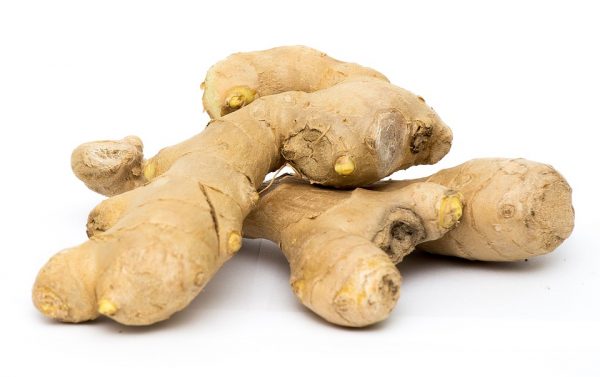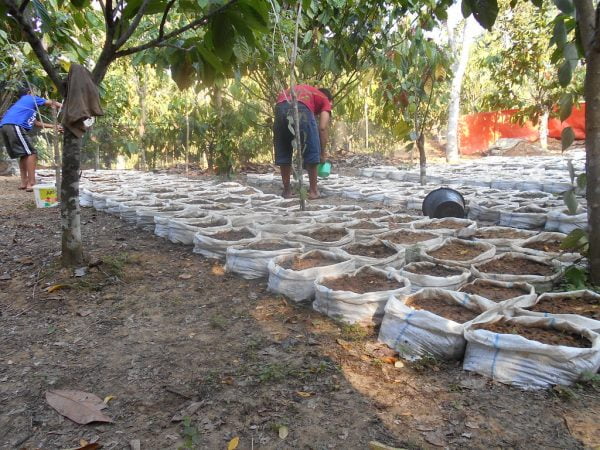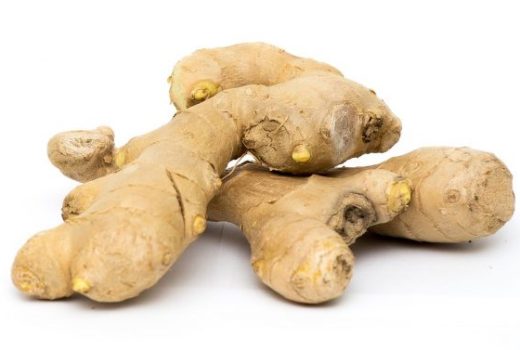Ginger plant belongs to Zingiberaceae family which also includes cardamom, turmeric (Curcuma longa) and galangal. You will learn in details that what are the suitable conditions for growing ginger? How to grow ginger roots? How to plant ginger? Comprehensive procedure for growing ginger indoor. How to care ginger plant and prevent this form soggy soil? Complete details of when and how to harvest ginger?

Ginger is one of the most delightful grocery item having lot of benefits and considered truly nature’s gift to mankind. Let’s learn why growing ginger is too advantageous plant to grow and helpful in the cure of different disease?
Benefits of the ginger
As we all know that cancer (abnormal cells growth) is the most growing vital disease in the world. Several studies show that ginger provides the best treatment for the several forms of the cancer. If you love exercise or any other activity in which pain induces into your muscle, so the good news for you all is, ginger plant provides you effective protection against muscle pain. Ginger dramatically lower the blood sugars and reduce the hearth disease factors as well.
Don’t you think, it seems really advantageous to grow ginger plant? Definitely, it does seems truly beneficiary plant to grow and your grocery item list must comprises this plant alongside others. The next thing is: what if you grow your own ginger? If you think, planting ginger is very difficult then you think absolutely wrong. Growing ginger by your own is very easy and rewarding as well. Ginger requires nothing except water and your patience. Be patient until it turn into delicious and spicy ingredient. Now the question rises here, how to grow ginger? Answer is straight forward and very easy so you will find it in details step by step here.
Types of ginger
There are various type of ginger plants, categorizes on the basis of the size of rhizome, shapes of leaves and floral arrangement. You can identify different types by seeing the color and unusual shapes of the leaves. Spiral ginger, hidden ginger and zingiber are the most common type of ginger. There are various other types of ginger is also available, for example, butterfly ginger and globba. Select any type for planting ginger that suit you best.
Conditions for growing ginger
For better production, one must know about the suitable condition for planting ginger. If you meet the best conditions those are suitable for ginger plant then your yield will be ideal. The Ideal temperature for planting ginger roots is over 30 C/ 85 F. The annual rainfall should be 150 cm. Ginger grows best in short dry season. Deep fertile soil helps ginger to grow best toward its ideal size.
There are few condition from which you should protect ginger plant. Frost really affects the ginger. You should use shelter to protect ginger from direct sun light. Always try to protect them from strong winds. Soggy and waterlogged soil rot the ginger production.
Growing ginger indoors
As we know that ginger hates frost and doesn’t like sun too much. So planting gingers indoor is much better just give them warm climate 20 to 25 C. Sandy loam is good for outdoor growing ginger, on the other hand, for indoor plantation, compost-enriched potting soil is best when planting growing ginger into the pot. Always try to grow ginger from rhizome instead of the seed. When planting indoor in the pot, pot should be wider because ginger grows horizontally. Always water lightly and try to keep soil moisty.
How to plant or grows ginger
Till now, you have learnt varies benefits of this advantageous plant and different varieties among ginger. After learning all these things, we took a glimpse of different suitable condition for growing ginger. Now come to the most important point how to plant ginger or how to grow ginger root?
- Take fresh ginger roots from garden centers, nurseries or even seed companies and make sure that these roots are healthy enough to grow ginger plant.
- Choose a root having firm plump and tight skin and contains eye buds (like bumps on a potato) on it.
- Cut the root with knife carefully so that eye buds don’t be damaged otherwise ginger will not grow properly.
- Now take warm water and soak ginger into it for few moments to prepare for planting.
- Take well drained potting soil, fill that into the shallow and wide plant pot because ginger roots grow horizontally.
- Place the ginger root with the eye buds pointing upward. Cover it with more soil approximately 1 to 2 inches.
- Water lightly.
- Now place the pot in a spot where it don’t get bright sun light, however, that place should be warm.
- Try to prevent it from over-water.
- Keep the soil moist as much as possible.
- Ginger doesn’t grow quickly. So be patient. Some shoots will come up after 2 to 3 weeks.
- It will take few month to be mature ginger.

Ginger plant care
After planting ginger, your works will not end. Now, it’s time to care for your plant for best yield. Prevent it from harm as follow:
- Always protect it from direct sun.
- For planting it into ground, add mulch into soil which will maintain moisture.
- Protect it from strong wind.
- Don’t water it too much.
- Avoid from soggy and waterlogged soil.
Harvesting ginger
When to harvest ginger? Is harvesting ginger after 3 month suitable time? Yes, you have to wait for at least 3 months to harvest ginger. After 3 to 4 month, you can start cutting ginger. Just dig carefully from one side and cut a little bit and leave the rest for further growth.
The best time for harvesting ginger is when you see the leaves of the ginger plant have died down and turned into yellowish. Most probably, it takes 9 to 10 months to reach on this level. Now entirely, you can harvest to obtain fresh, mature and crispy ginger. Select as much as you want for further plantation and store rest of all for your usage.


